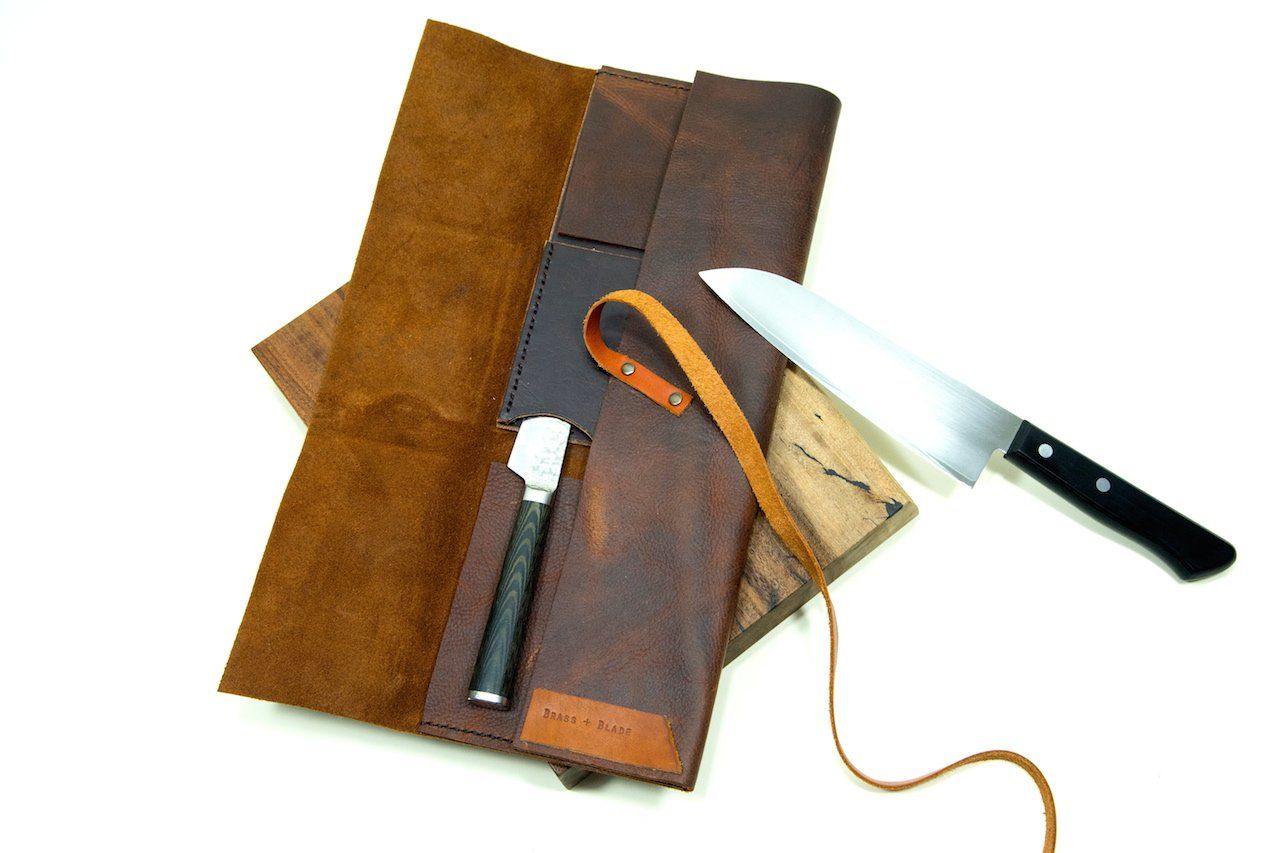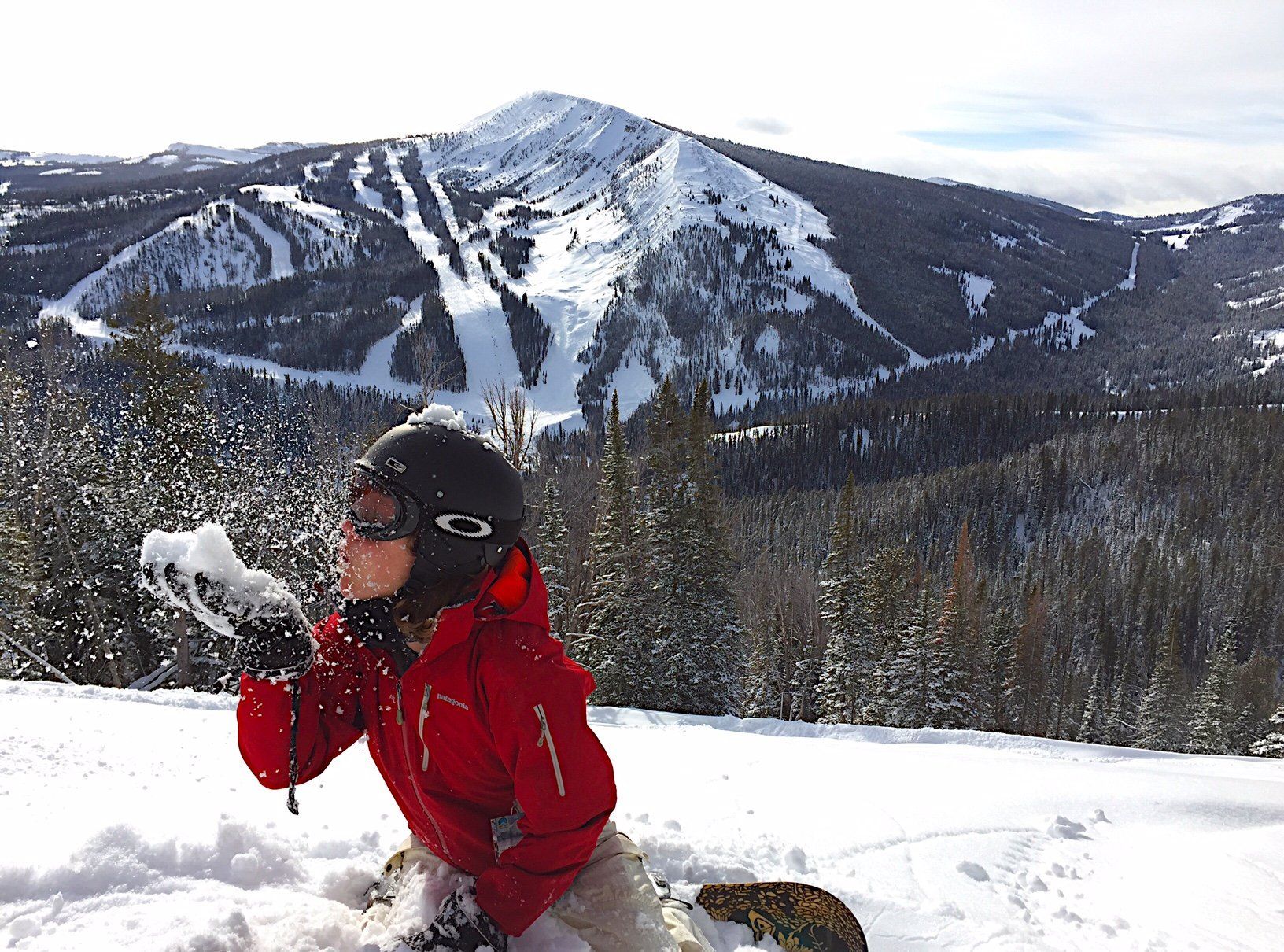Creative Process
- By Brittany Davis
- •
- 20 Feb, 2016
- •
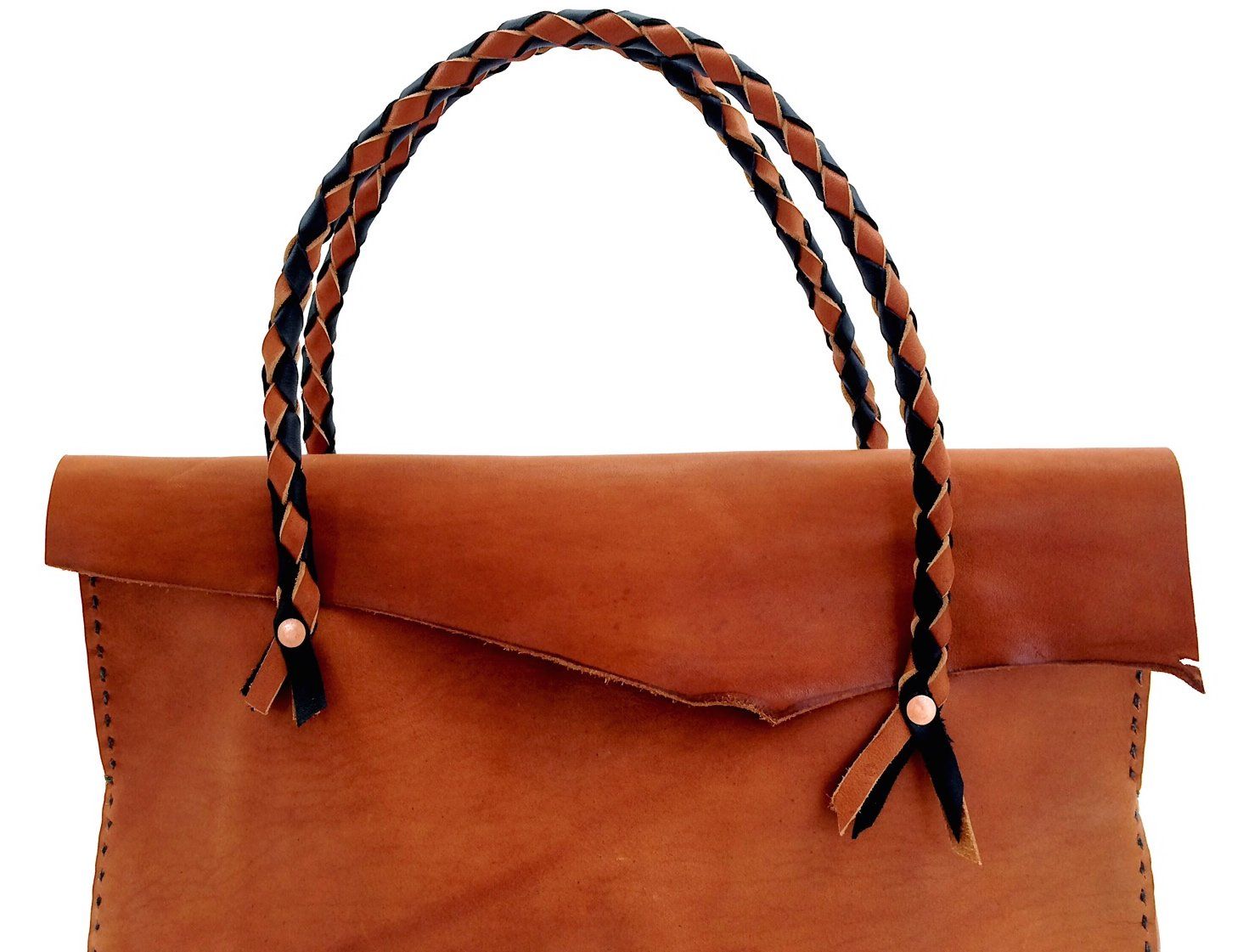
This bag was not my idea
First, I had a return customer who requested a woven lanyard made out of bison the day I left on a road trip to Montana. I had made him a bison leather bag and he needed a holder for his dog whistle. The problem was (and still is) that nobody makes bison "lace" for weaving...it's all kangaroo and cow leather lace. But as I was on my way to Montana, I let him know I'd look around while I was there.
In Montana I stopped by saddle makers, tack shops, antique horse equipment stores, and even a custom hat maker (check him out- most incredible hats I've seen http://www.rockymountainhatcompany.com/ ) where I leaned so much about the beauty of braided leather and about Deer Lodge State Prison where the inmates make incredibly beautiful horsehair hitched hat bands.
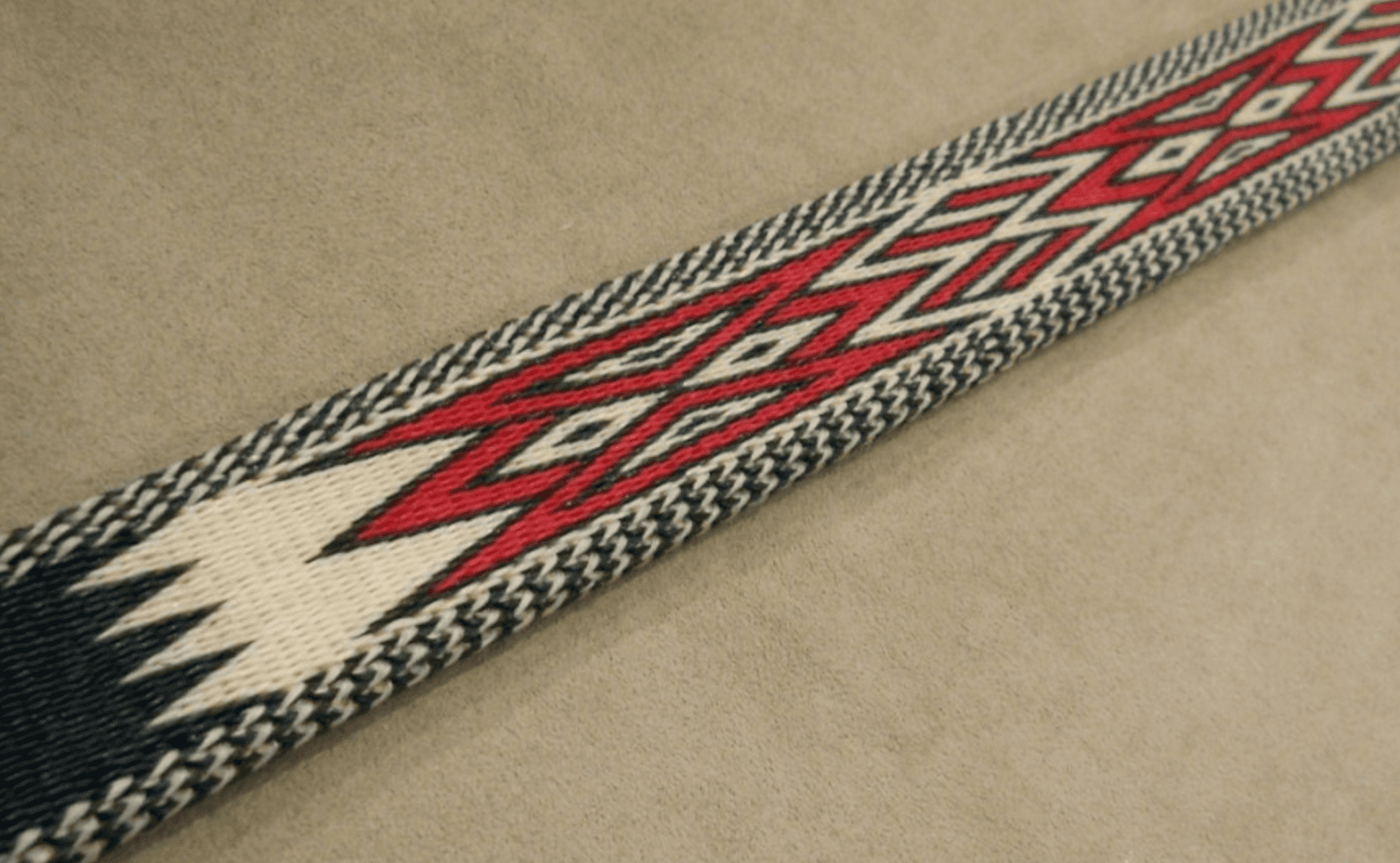
When I got home I taught myself the simple round braid and got to work practicing. The colors I gravitate towards are not original, but come from my love for brown and black that was discovered in Colombia (oh those hats!) and solidified in Argentina with the black and brown bullwhips.
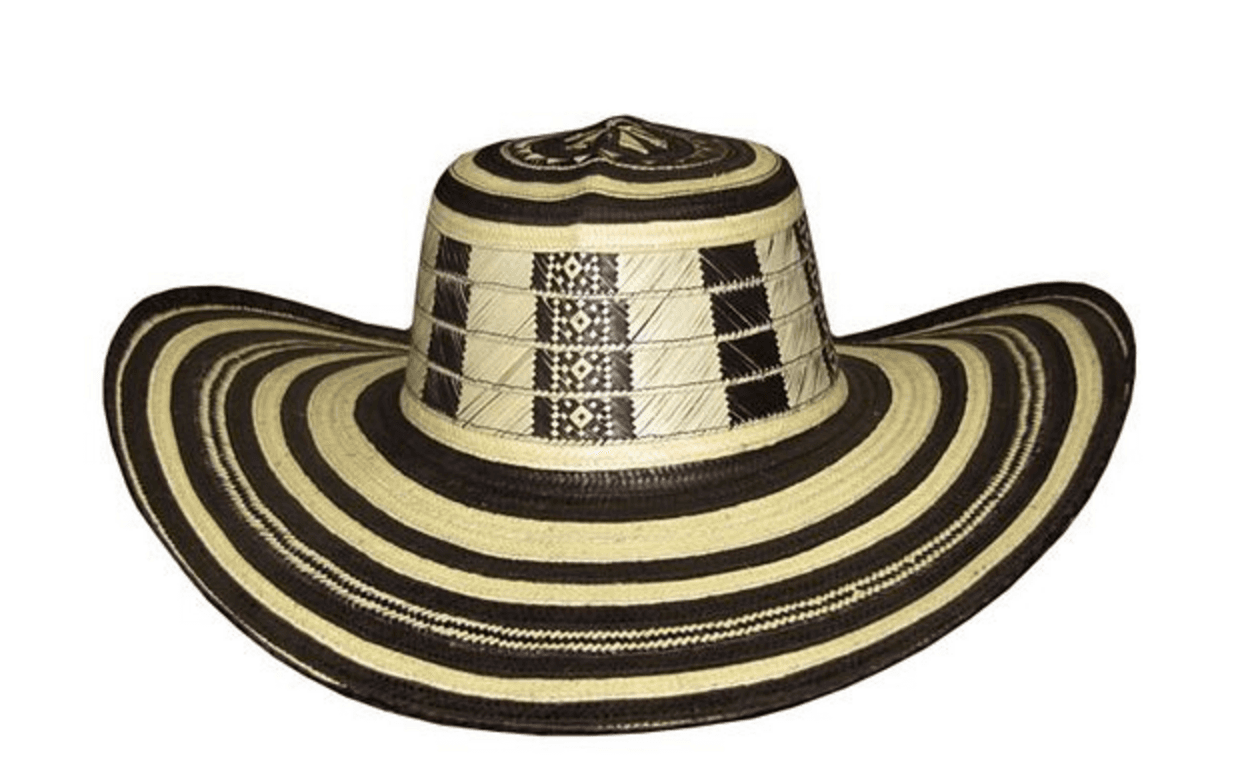
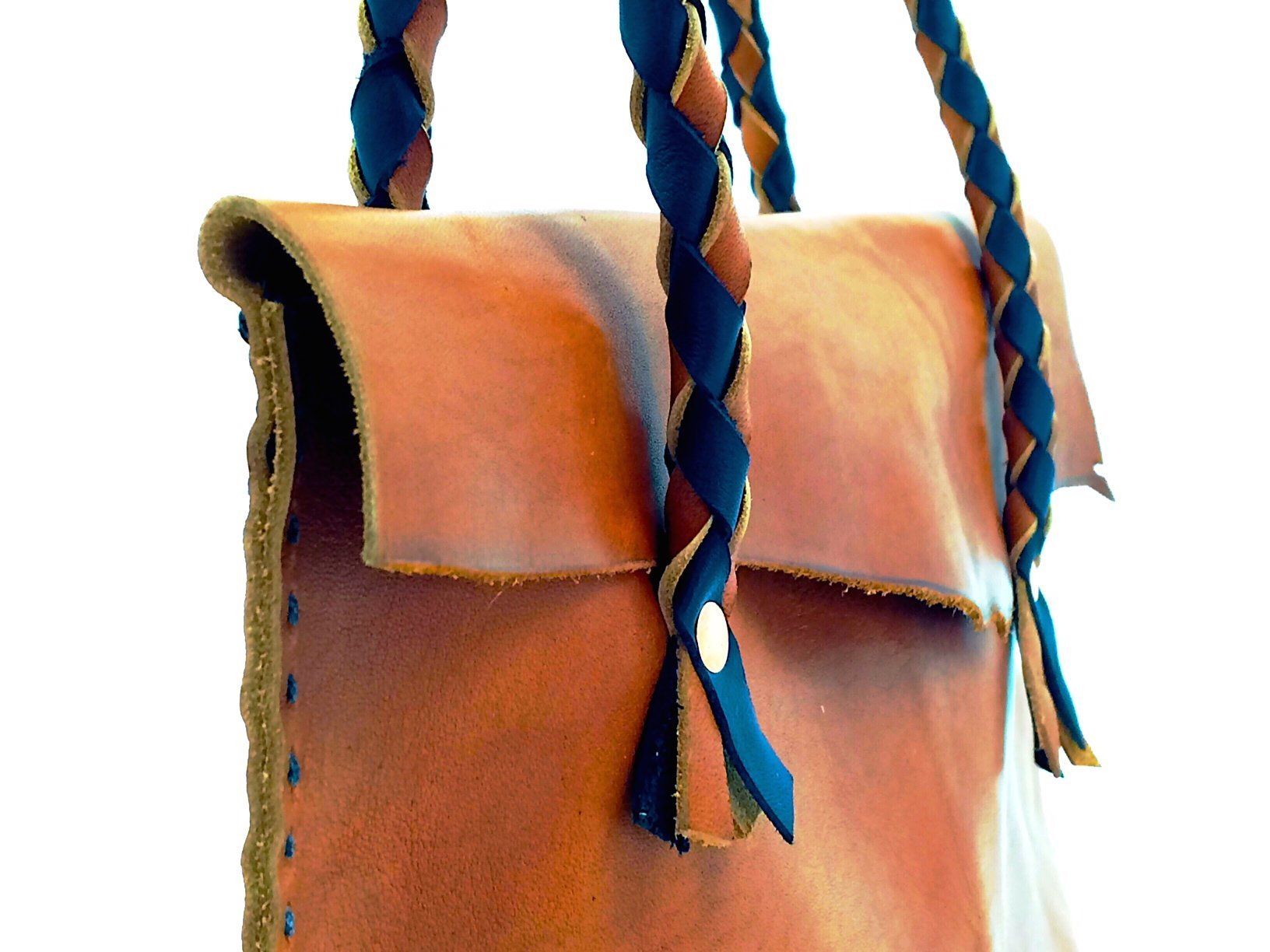
So thank you to the guy who wanted a bison lanyard, the Montana hat maker who had horsehair hitch hatbands, Colombia, leather tanneries, Geometry, an unknown purse maker, the internet (just throwing that one in there because I'm sure this bag would be different without it), and Levi Strauss.
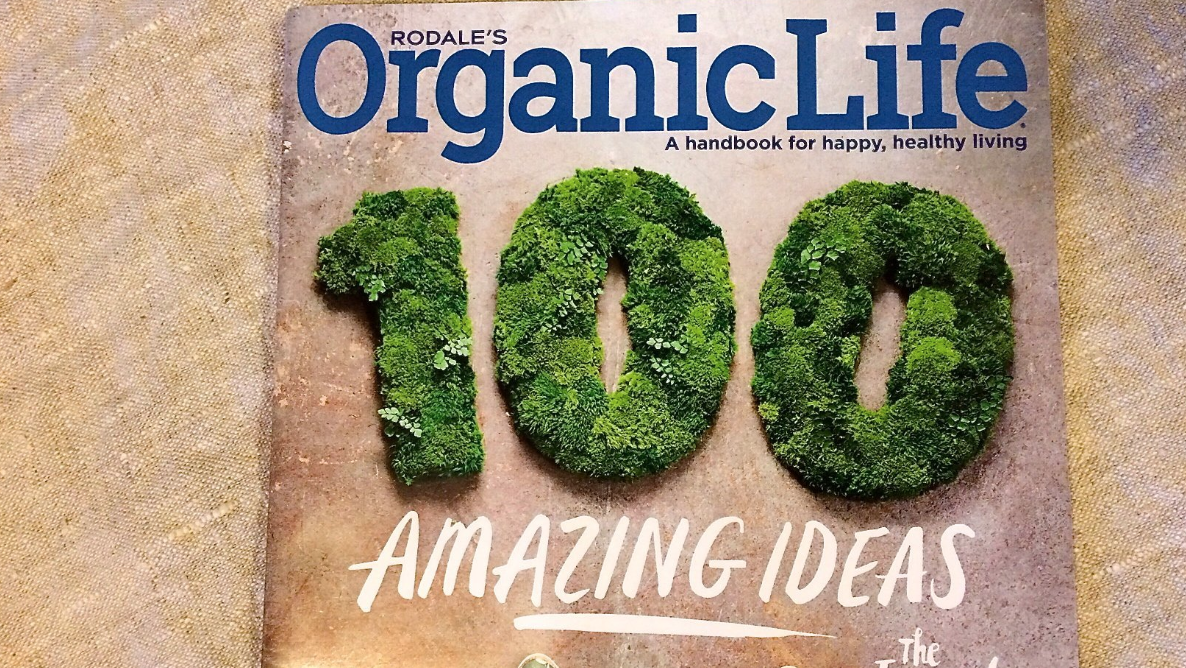
She asked me a series of questions that really got me thinking about my business- mostly how I started, and why I do what I do the way that I do it.
When the magazine went to print she wrote me and said that my bag was featured in their "Top 100" section and her exact words were "find attached the small but mighty! blurb on Brass + Blade." She was unable to include a longer piece (I got 8 words!) but the interview questions prompted me to put into writing the more personal and in depth story behind Brass + Blade.

Just like it’s impossible to pick a favorite child (or so they say…) I have a hard time picking a favorite Brass + Blade bag. They’re all so different, and each with its own qualities and use cases that picking a favorite wouldn’t just be an act in futility, it simply doesn’t make sense because it always begs the question, “favorite for what?”
However! (of course there’s a “however,” otherwise this post would have stopped right there) However, every so often I find that I have made a bag, usually just a first attempt at a new concept, that I absolutely will not part with.
This backpack design came together quickly and I decided just as quickly (before I was even finished) that it was my new go-to bag….for test purposes! That’s what prototypes are for, right?
While testing for strap length and comfort, weight limit suitability, magnetic snap strength, interior pocket position, and all around easy and joy of use, I traipsed around the East Bay for a week collecting compliments on my new bag!
The most recent and final test came on a two-hour waterfall hike in the Hawaiian mountain rainforest (poor me) when half way through the hike it started to rain enormous Hawaii rain drops. Both the backpack and I got very wet while the contents of the bag stayed surprisingly dry.

